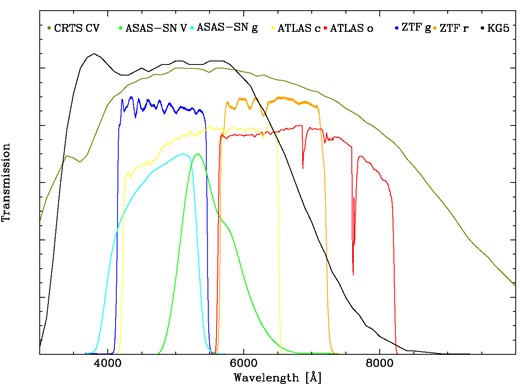Long before the Sun becomes a white dwarf, an inevitable cosmic event that will take place billions of years from now, we won't be here, and we won't be witnessing the cataclysmic end of our planet. It remains for scientists to predict the future of the Earth and our solar system.
A recent study brings "sad news" for the Earth.
As the Sun runs out of nuclear fuel and expands, the celestial bodies in our solar system will be "swallowed up" by the star that gives us light today, concludes a team of researchers from the University of Warwick and Naresuan University.
"The sad news is that the Earth will probably be swallowed up by an expanding Sun before it becomes a white dwarf," explains Boris Gaensicke, a professor at the University of Warwick.
As the Sun nears the end of its life cycle, it will increase significantly in size, a phase during which it is predicted to swallow not only the Earth, but also the inner planets, Mercury and Venus.
The authors of the study suggest that the expansion of the Sun and its transformation into a white dwarf will not only consume these planets, but will also have a devastating impact on asteroids, moons and possibly even the outer planets - if they venture too close. The immense gravitational force of the white dwarf could disintegrate these bodies into fine dust.
"For the rest of the solar system, some of the asteroids located between Mars and Jupiter, and perhaps some of Jupiter's moons, could be displaced and travel close enough to the eventual white dwarf to undergo the crushing process we investigated," explains Gaensicke in a statement published on the Royal Astronomical Society's website.
.jpg)
The researchers examined the changes in the brightness of the stars over more than 17 years, which revealed the "chaotic" and "disordered" behavior of these disturbed bodies: they recorded the process of destruction of celestial bodies by the intense gravity of white dwarfs, which made it possible to understand what could happen in our own solar system, says the study published in the journal Monthly Notices of the Royal Astronomical Society (MNRAS).

"Previous research had shown that when asteroids, moons and planets approach white dwarfs, the enormous gravity of these stars tears these small planetary bodies into smaller and smaller pieces," said Amornrat Aungwerojwit, lead researcher at Naresuan University in Thailand.
The research warns of a future in which humanity, if it becomes an interplanetary or even interstellar species, will have to find a new home beyond our solar system to escape the Sun's destructive trajectory.
To continue life as we know it, we need to look beyond our solar system.
"It's not clear whether or not the Earth can move fast enough before the Sun catches up with it and burns it up, but if it does the Earth would lose its atmosphere and ocean and it wouldn't be a very pleasant place to live," concluded Gaensicke.
And this "terrifying prophecy" is just a prediction: Earth's ultimate fate could be "far more complex than we could ever have imagined", warn the authors.





